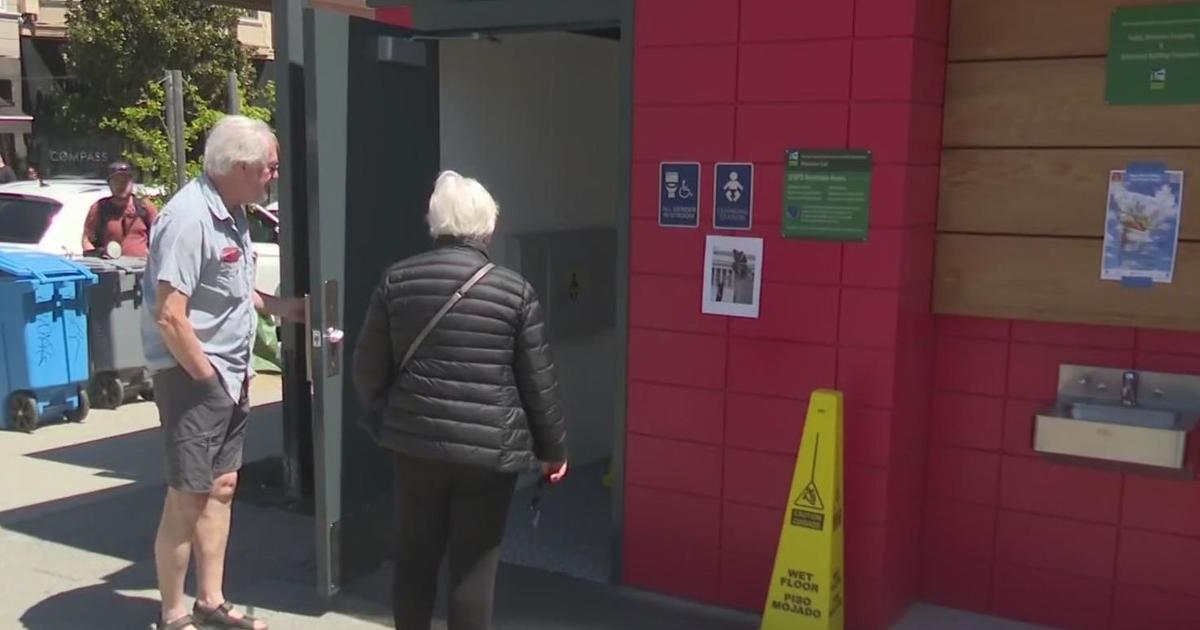PUC Audit Questions PG&E Gas Pipeline Inspection Methods
SAN FRANCISCO (KCBS) -- A May audit by the California Public Utilities Commission has brought the way Pacific Gas and Electric inspects most of its high pressure natural gas pipelines into question.
Federal law allows three main types of inspections: one is direct assessment, which involves running an electrical current through the pipeline with workers on the ground monitoring. The others involve high-pressure water testing and ultrasonic testing.
The audit found that PG&E used direct assessment on the San Bruno pipeline that later exploded, along with about three-quarters of the pipeline mileage tested so far.
KCBS' Anna Duckworth Reports:
Richard Kuprewicz, a nationally recognized pipeline safety consultant who reviewed the audit, is critical of the direct assessment method.
"It's one of the weaker inspection methods in that it only covers certain types of threats on a pipeline that can cause failure," he said.
Kuprewicz said federal inspection guidelines are very clear.
"They place the responsibility on the pipeline operator to identify all potential threats that could cause their pipeline to fail," said Kuprewicz. "Once they do that, they determine which assessment methods they should be using on a pipeline."
Risk of a weld failure must be ruled out before direct assessment can be used. An interim NTSB report released last week found that PG&E said it was unaware the San Bruno pipeline had the types of welds discovered by investigators.
A PG&E spokesman said they had no comment on the audit.
(© 2010 CBS Broadcasting Inc. All Rights Reserved. This material may not be published, broadcast, rewritten, or redistributed.)



